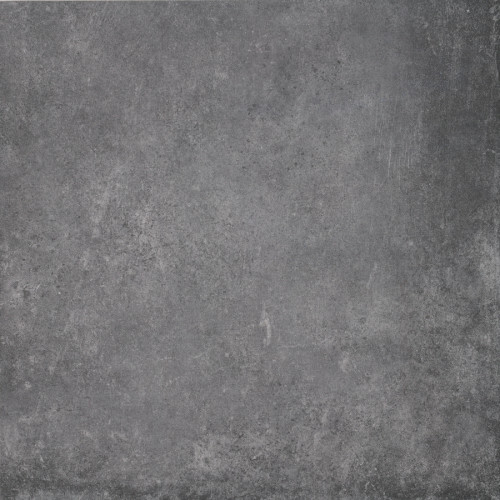cluton full body ceramic tiles are high-quality garden tiles of the type ‘Gres Porcellanato’, which loosely translated means ‘extremely hard porcelain’. Through a special process, in which clay, sand and fluxes are combined under high pressure and then fired at temperatures of up to 1250°C, a tile is created that is not only frost-resistant, but also resistant to stains, scratches, acids and salt. In addition, the colour of the tile is retained, even under harsh conditions. These ceramic tiles are therefore an excellent choice for demanding outdoor areas. If the tiles have to be cut to size, it is strongly recommended to use a water-cooled saw table with a diamond saw blade type Gres Ultra S2, due to the high hardness of the material.
Application: Terrace tile
EAN Code: 8718246108443
Item No.: 1000081
Laying instructions for ceramic patio tiles: Preparing the substrate Make sure the substrate is flat, stable and well-draining. Remove any old paving, grass or weeds and level the surface. A sand bed of at least 5 cm thick is ideal for laying ceramic tiles. Groundwork and foundation Lay a layer of stabilising gravel or a sand-cement mixture (for example a mixture of sand and cement) for extra strength and drainage. This layer ensures good drainage and prevents subsidence. Laying tiles Start in a corner of the garden and lay the ceramic tiles on the sand bed. Make sure the tiles are evenly laid and use spacers to ensure a constant joint width. Lay the tiles with the coarse side facing down for a firmer grip. Pressing the tiles After laying the tiles, press them firmly with a rubber mallet to anchor them firmly in the substrate. Make sure the tiles are firmly in place. Grouting Fill the joints between the tiles with joint sand or polymer sand. Use a broom to brush the grout evenly into the joints. Then water the tiles well to let the grout harden. Finishing Check the level of the tiles and adjust them if necessary. Make sure that the surface drains well, so that rainwater can easily flow off the tiles.
Maintenance instructions for ceramic patio tiles: Sweep regularly Sweep the tiles regularly with a soft broom to remove dirt, leaves and other debris. This prevents dirt from settling in the joints. Clean with water For light soiling, simply use water and a mild detergent. Rinse the tiles with a garden hose or pour water over the surface to remove dust and dirt. Stubborn stains For stubborn stains, you can use a special ceramic cleaner. Apply the agent according to the instructions on the packaging and gently scrub the stains with a soft brush. Cleaning joints If the joints become soiled, you can use a joint cleaner or gently brush them with a soft brush and water. Avoid using aggressive cleaning agents that can damage the joint materials. Winter maintenance In winter, it is important to remove ice or snow from the tiles immediately. Use a plastic scraper to prevent damage to the tiles. Do not use road salt, as this can damage the tiles.
Not suitable for driveway
Not suitable for vibration
Moss and algae repellent
Ecological and sustainable
Dirt repellent
Suitable for roof terraces
laying with joint
Lightweight
Easy to maintain
Rough
Comfortable for bare feet
Frost resistant
Colour retention
Reduces the risk of limescale deposits

